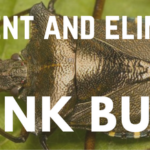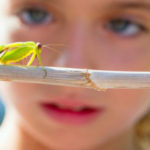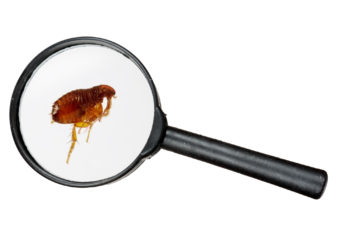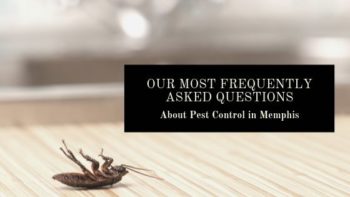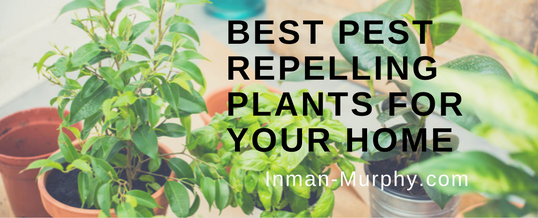
Are you interested in natural ways to keep pests out of your home? Certain houseplants can do the trick. Not only can plants deter pests, indoor plants offer significant health benefits. They can reduce pollutants in the air, boost your mood, and help you think better and smarter.
When selecting indoor plants for your home, don’t forget to think about pests. Some plants attract them while others do a better job of keeping pests away. The following houseplants can help you combat your indoor or patio pest problems.
Citrosa (Mosquito Plant)
This hybrid plant is a cross between African geraniums and Chinese Citronella grass. The plant’s green leaves contain citronella oil which mosquitos will do anything to avoid. The plant is most effective if you crush the leaves and rub it directly on your skin. This plant can grow up to a foot tall indoors and prefers full sun or partial shade. Occasional water and plant food are needed for the plant to thrive.
Catnip
While your cat will love it, cockroaches and mosquitoes hate it. Catnip contains nepetalactone which is a natural cockroach deterrent. The plant is non-toxic to humans and pets and works best when small amounts are placed in areas where pests congregate. You can create a spray repellant by simmering small amounts of catnip in water and using a spray bottle to spray baseboard corners and doorways. Keep in mind, this type of repellent will also attract cats. Catnip can grow to about six inches tall and enjoys a sunny location with good soil drainage.
Venus Flytrap
It’s easy to understand why a carnivorous plant won’t attract many bugs! These unique plants are native to wetlands on the East Coast and the Carolinas. Its leaves form a trapping structure triggered by tiny hairs on the surface. If a bug crawls on them and touches one of the hairs, the leaf trap closes and the plant digests the insect. Venus flytraps can grow up to six inches tall and can help get rid of flies and gnats in the home. They prefer sun and damp soil.
Lavender
While lavender is a relaxing for humans, it’s also known to repel flies, fleas, mosquitoes, and moths. It can be grown indoors in a container slightly larger than the root ball. They prefer sunny and dry areas with good drainage. Cut some of the lavender to create bouquets in vases throughout your home. As the lavender dries, it will continue to offer a sweet fragrance while keeping pests away.
Culinary Herbs
Indoor herb gardens offer dual functions. They keep pests at bay while providing you with fresh spices for cooking. Many herbs can be grown in a pot together, except mint, which grows rapidly and would take over the container.
- Basil: Repels mosquitoes and flies and is a great spice for Italian dishes.
- Chamomile: Deters flying insects and makes a soothing tea.
- Lemon Thyme: Repels mosquitoes and can add zest to many dishes.
- Spearmint: Repels ants, beetles, fleas, moths, and rodents. Adds a nice flavor to sauces and drinks.
Try one of these plants in your home or on your picnic table to reduce pests indoors and around eating areas. If pests become a bigger problem, let the experts at Inman-Murphy Termite and Pest Control handle the dirty work for you. Call us today at 901-388-0852 or request a free estimate online.

